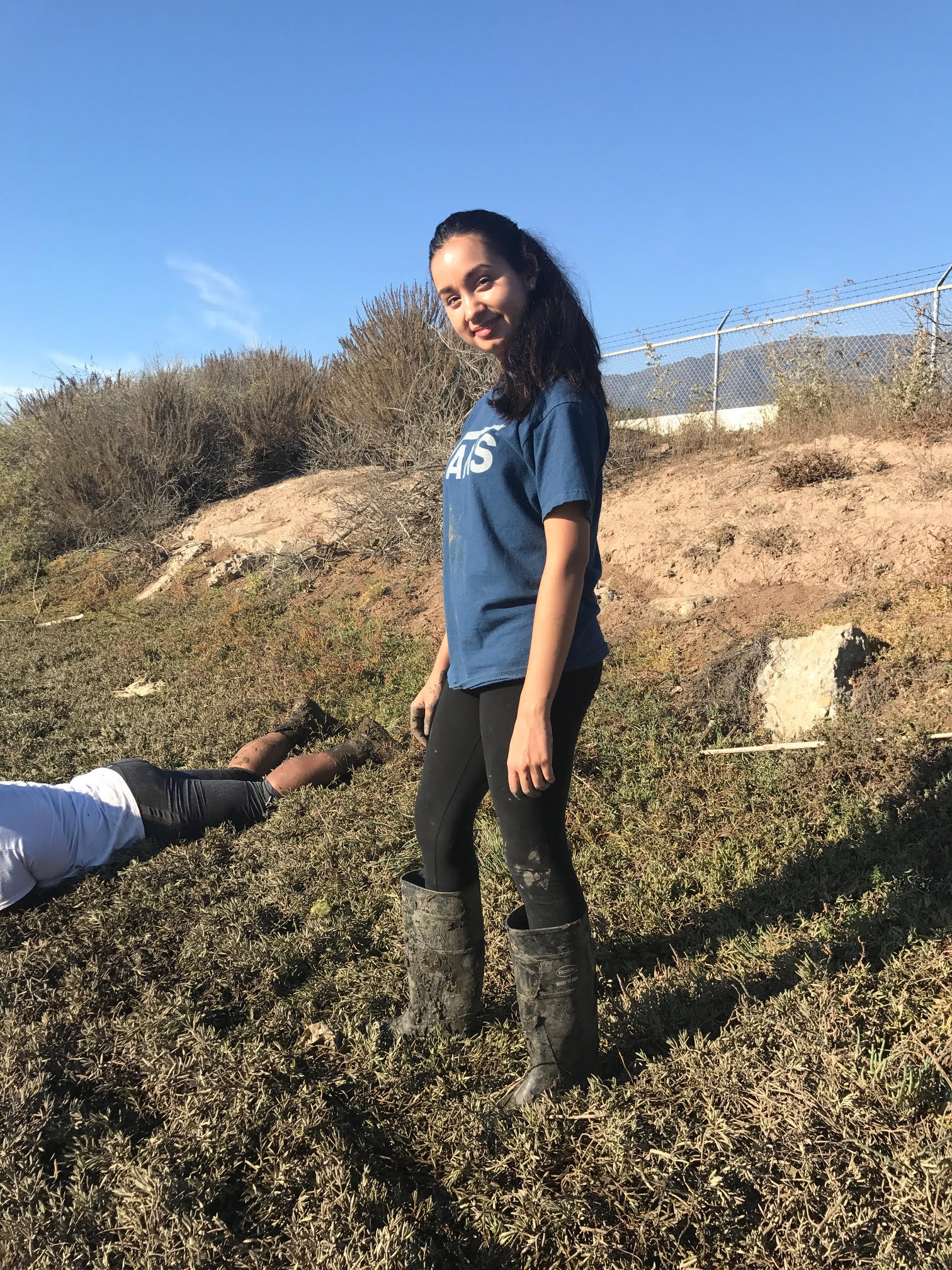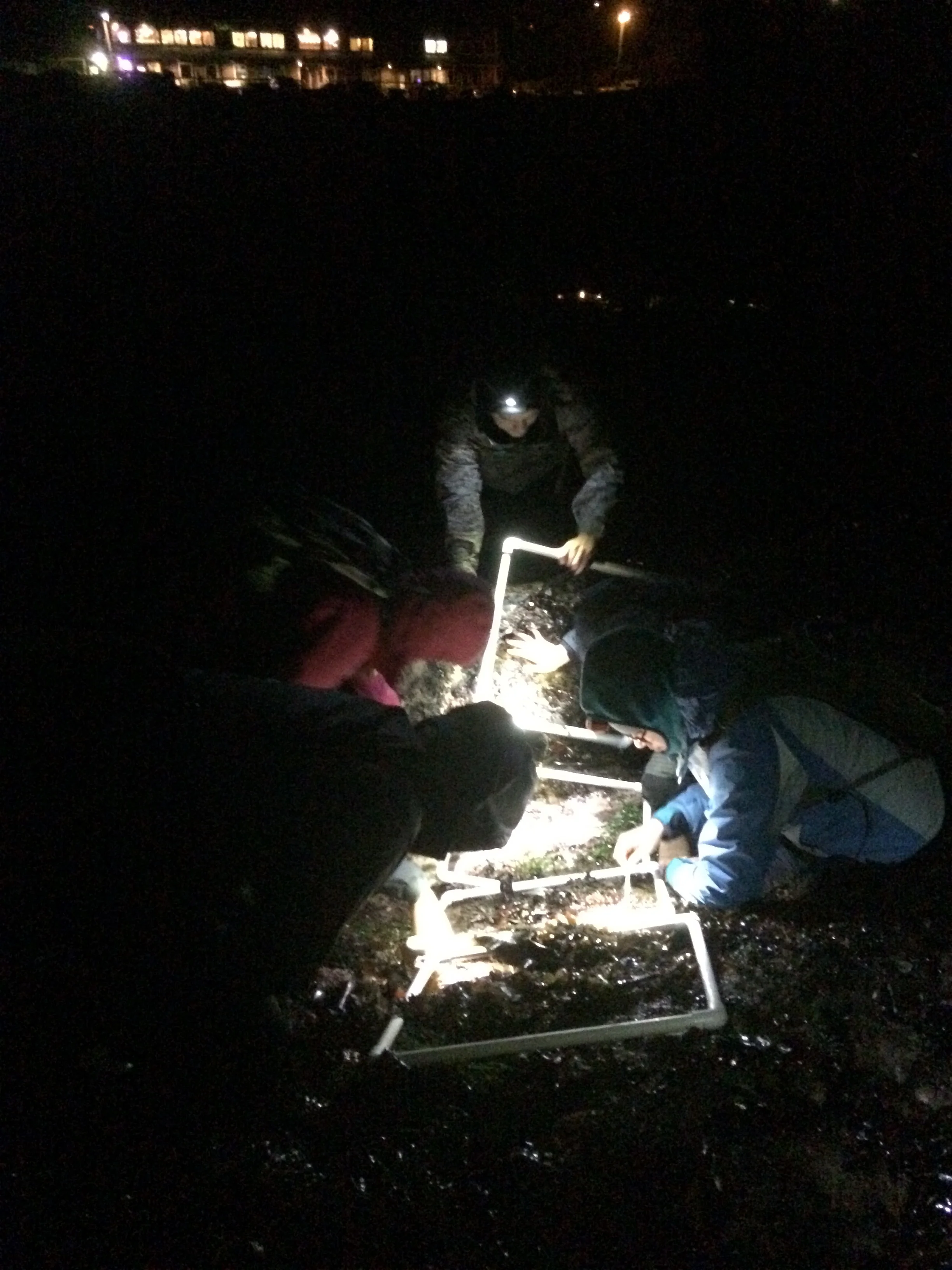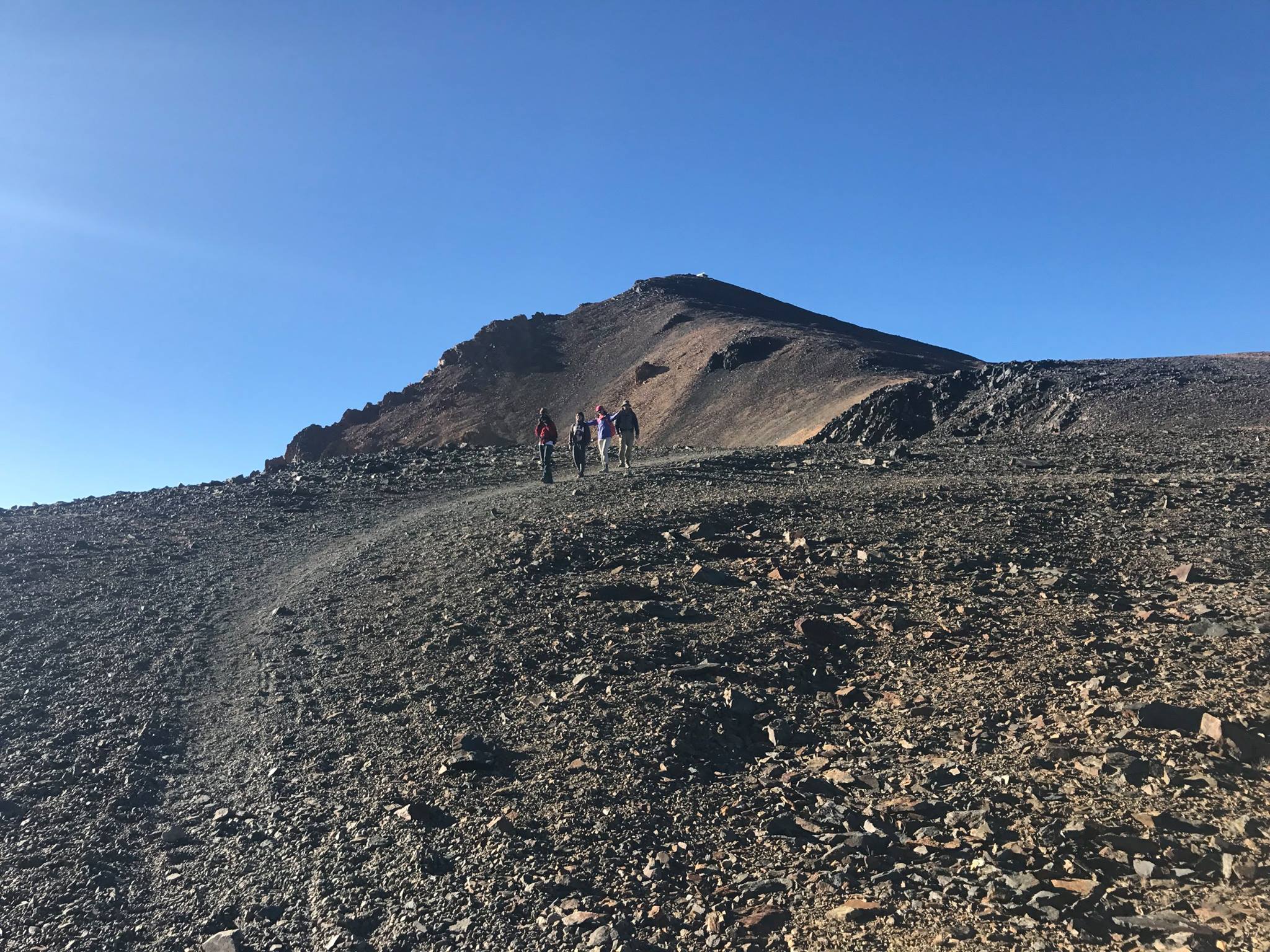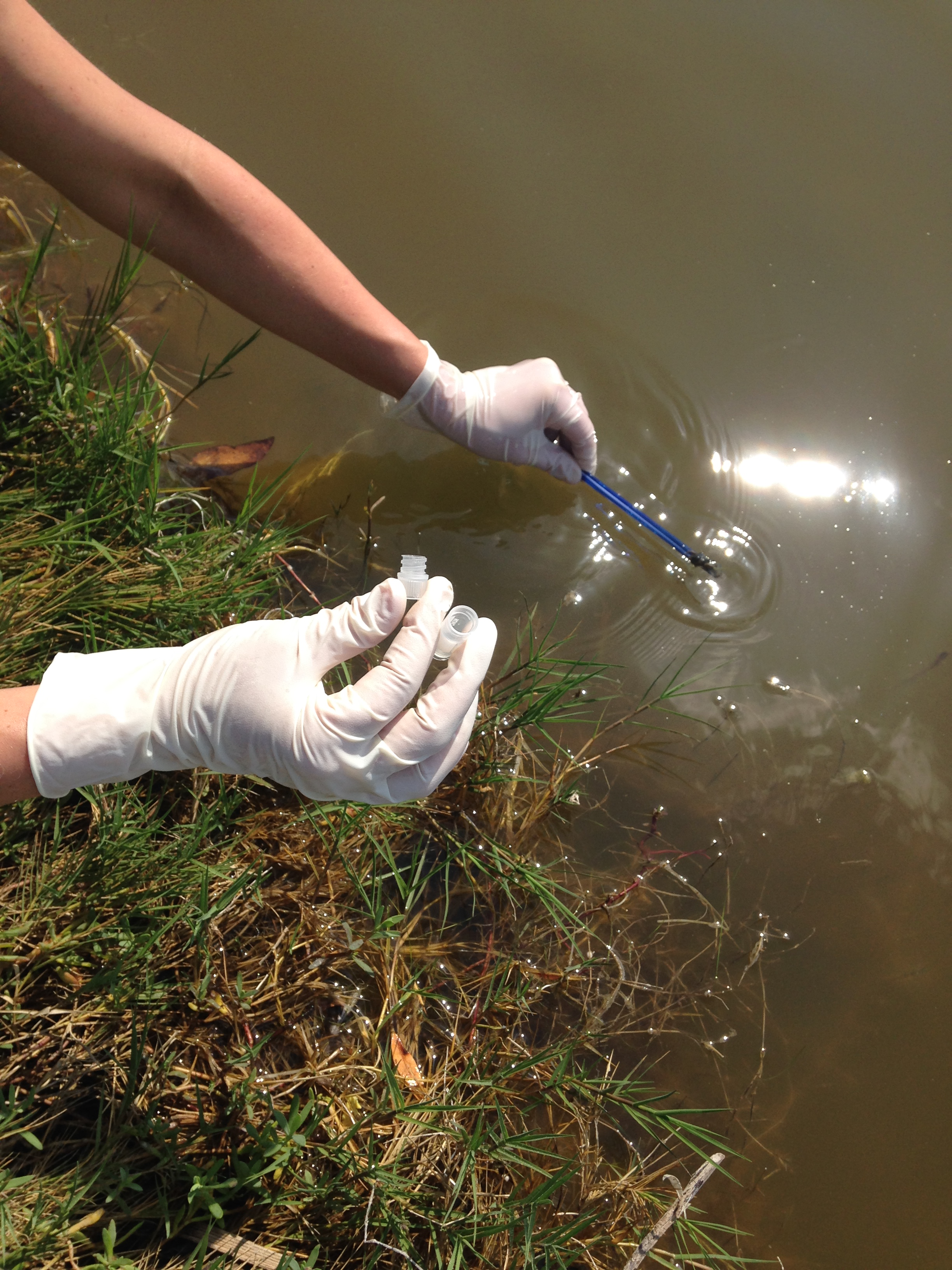UCSC Fort Ord Natural Reserve - Spring eDNA Survey
April 28 - May 7
The Spring eDNA survey is a chance to use citizen science to help build a California soil museum with emphasis on UC Reserves. We are fortunate that the CALeDNA group has chosen UCSC Fort Ord Natural Reserve for a large sampling project. Participants will use provided kits and apps to take samples in different habitat types across the reserve. Then the group will use the DNA sequences in soil to inventory biodiversity of microbes, plants, and animals.
Learn more about this project at www.ucedna.com.
Anyone who is interested should sign up by emailing uc.caledna@gmail.com ASAP!
Spring 2017 Bioblitz - UCSC Fort Ord Natural Reserve
Saturday, May 6, 9am-2pm
Info and sign-up here: https://www.inaturalist.org/projects/ucsc-fort-ord-natural-reserve-spring-2017-bioblitz
A bioblitz is a community event that brings together a variety of people to rapidly inventory the living organisms found in a particular place. UCSC Fort Ord Natural Reserve's unique maritime chaparral habitat and setting have resulted in a wonderful diversity of species that call the reserve home.
UC Santa Cruz Fort Ord Natural Reserve is a UCNRS site in Marina, CA. We focus on research, teaching, and public service. We work with students from local schools, CSUMB, Hartnell College, UCSC, as well as researchers from all over to learn and teach about our wonderful local habitat. On May 6, 2017 We'll be using iNaturalist to photograph and geographically pinpoint our findings and will come back together at the end of the day to upload our records, share stories, and help each other with identifications. We hope to grow our reserve species lists, but most importantly celebrate our fellow creatures and each other. This will be a great way to introduce the reserve to community members and students that have yet to visit UCSC Fort Ord Natural Reserve!
We will meet at the main reserve gate at the end of Neeson Road (adjacent to Marina Municipal Airport). The physical address of this gate is 711 Neeson Rd. Marina, CA 93933 (this is not the office/mailing address for UCSC Fort Ord Natural Reserve). Light refreshments will be served at a break, and at the end of the event.
Reserve waivers must be signed before accessing and using UCSC Fort Ord Natural Reserve. These will be available the morning of the event. All attendees must get an RSVP e-ticket for the event, so that we can successfully plan ahead for this fun day!




















































